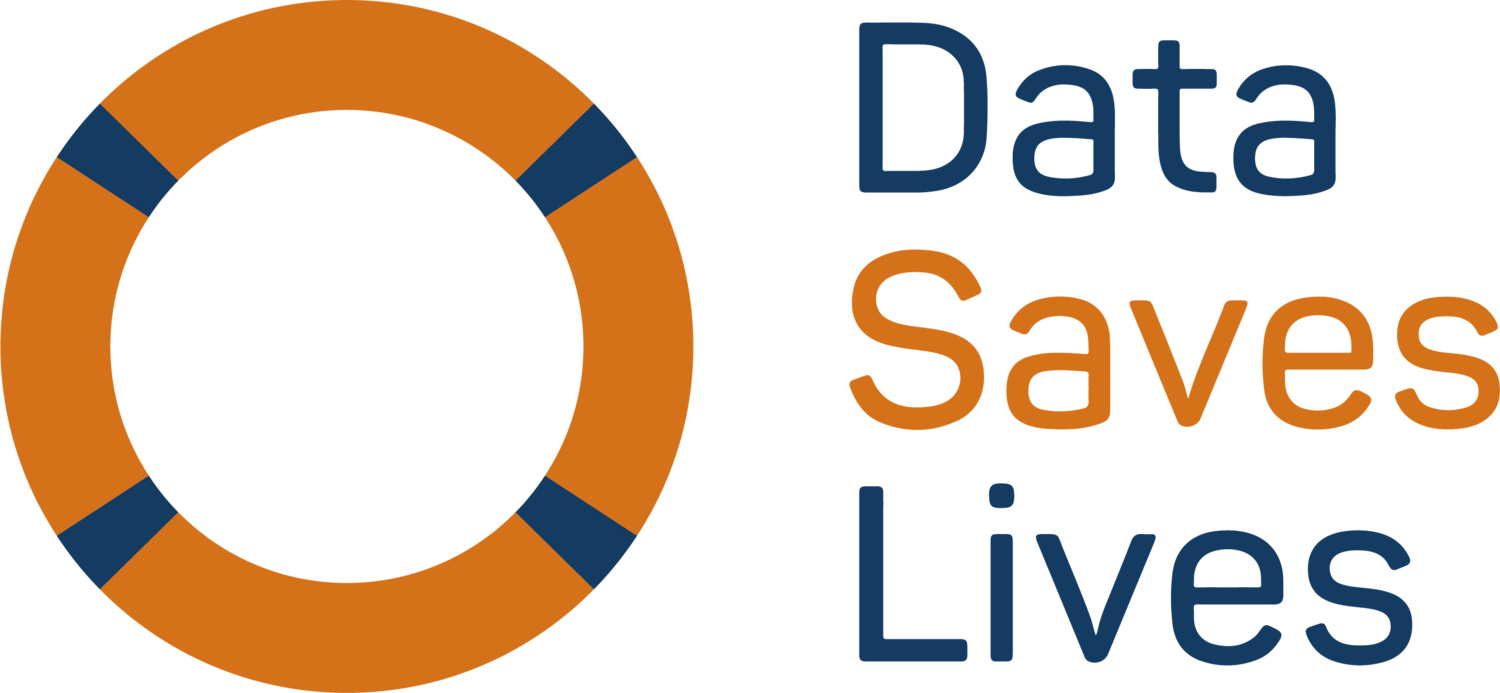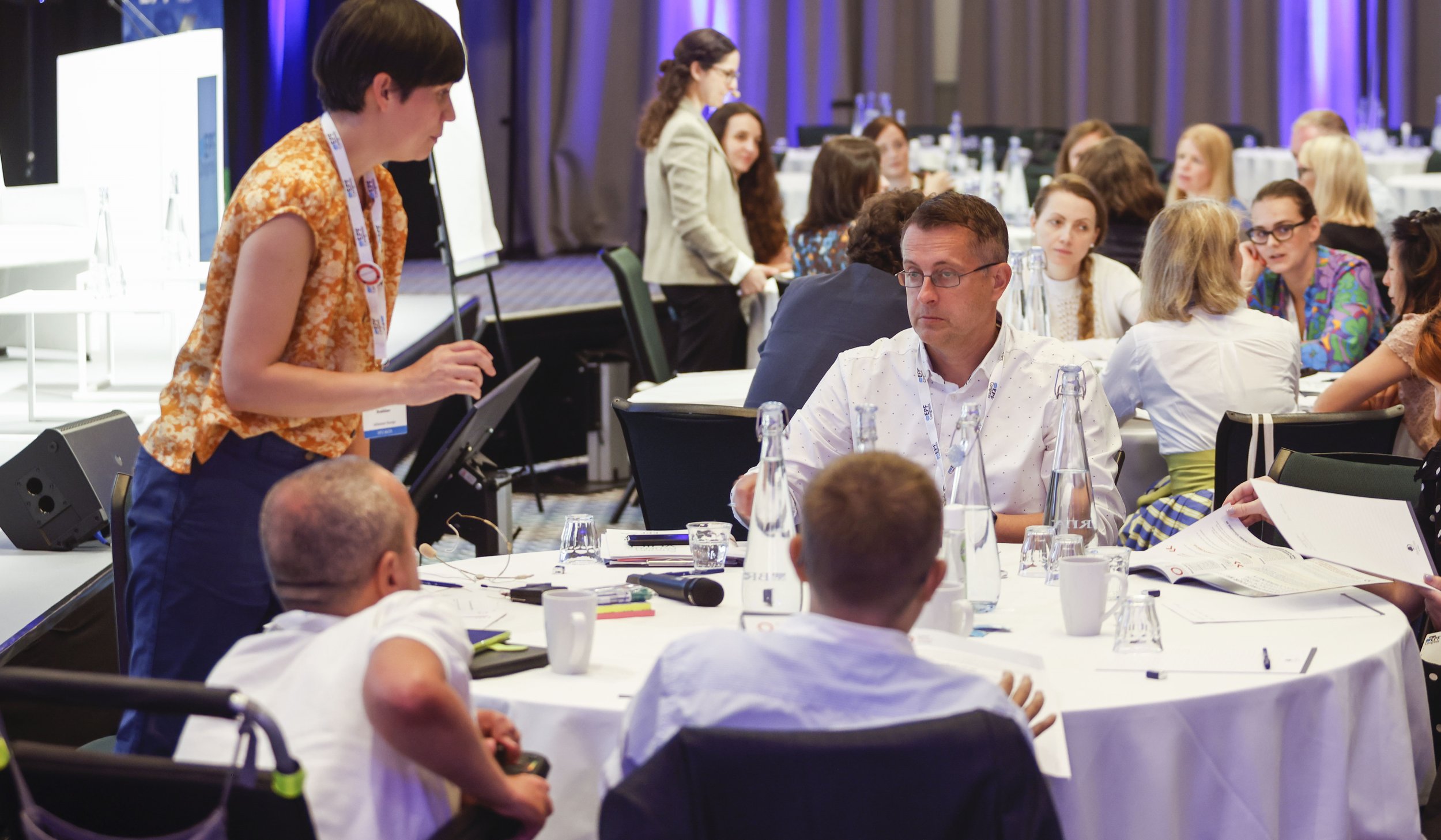DataSavesLives editorial team
For those that were fortunate enough to be able to join us at the European Patients’ Forum (EPF) Congress in Brussels at the end of June, the Data Saves Lives team explored this title question with a highly engaged group of delegates.
Fundamentally, how we support the patient data journey through the healthcare system in order to build public trust is at the core of our mission. Yet as a communications initiative first and foremost, we can only achieve so much alone – and that is to raise awareness of what health data is and the power of health data to positively transform health outcomes, when used responsibly and well.
It is Data Saves Lives’ audience – primarily comprising patient advocacy organisations and influential community representatives – that are best placed to practically support patients and caregivers in their data journey through the healthcare system.
And how can they do that? Through communicating about the complex topics of health data with confidence; through showcasing best practice examples that demonstrate just how data does save lives on a daily and hourly basis; through making opportunities to get involved in research or health data projects accessible to their networks; and assessing the benefits and potential drawbacks of collaborating with partners on such projects.
So, how can we help? We’ve created the Data Saves Lives’ Toolkit to provide support on those very areas. Available to download for free via www.datasaveslives.eu/toolkit, anyone can equip themselves with the information and materials they need to have a positive dialogue with their communities about health data and to potentially launch their own health data initiatives.
Practical experience using the toolkit
During our session at the EPF Congress, three groups examined three different challenges, each group using a different tool from the toolkit. The key discussions are summarised below:
When thinking about how the community can feel more confident about engaging with digital tools, trust is the key. Digital health devices are fast becoming part of our everyday lives, but how many people have concerns about data protection and how their data is being managed? The group discussed that trust and lack of transparency was a key barrier for engaging in data driven initiatives, with some expressing concerns over not knowing how or where their data is being used – ‘the loop doesn’t feel closed.’ This causes a lot of distrust and the sentiment of ‘so what am I getting out of this’ amongst the community. They went on to examine the importance of co-creation and the need for patients to be central to and part of the data journey to build trust. One example, shared by a participant, highlighted how apps designed for stigmatised diseases require insights from the community in order for to be successful and of value to the community. Finally, the group came up with solutions on how to build public trust, with suggestions such as a code of conduct and best practice principles being shared.
Another group was challenged to come up with their own campaigns to best communicate a health data app to two different audiences – patients and healthcare professionals – to demonstrate the importance of communicating effectively. The group explored how the key messages and criteria differed for both audiences. For example, for patient audiences, emotive storytelling resonates best – such as personal accounts and real-life testimonies. These ‘stories’ can help convey the message that ‘patients’ aren’t a burden on society. For healthcare professionals, communication should be more outcomes focused, offering professionals digestible and concrete evidence, allowing them to make an informed clinical decision.
The last group explored how patient organisations can engage in potential health data collaboration opportunities and how corporate partnerships could impact and reflect on community groups. Using the DSL risk assessment tool, each member decided if the engagement opportunity scenario that they were presented with would be suitable for their organisation. Throughout the session, the group discussed the importance of trust and due diligence between groups and companies, which are core elements that need to be considered when making any decisions. As patient data is vital to ensure that apps and health tools have real value, patient groups have a significant responsibility to their communities to ensure that data is used correctly. Therefore, patient groups and companies need to be transparent and be able to communicate opportunities clearly to different audiences. Finally, the group examined how there is an unfair burden placed on patient groups to be fluent in technical jargon, however, it is important for researchers to understand and value the needs and experiences of the end user, the patient.
A huge thank you to Lars Münter, Head of International Projects Unit, Danish Committee for Health Education, Angela Bradshaw, Project Officer at Alzheimer’s Europe and our very own Data Saves Lives’ Communications and Outreach Officer, Estefania Cordero , for leading such dynamic breakout group discussions.
While conversations such as these in isolation are not enough to drive a shift in community understanding and engagement in health data projects, cumulatively, they make a huge difference in the confidence and knowledge levels that empower patients and citizens to make informed decisions concerning their health data. Thank you to everyone who took part in the session and we look forward to reaching more people with our future events and resources, such as our updated toolkit (version 2.0), more details on this coming soon!


